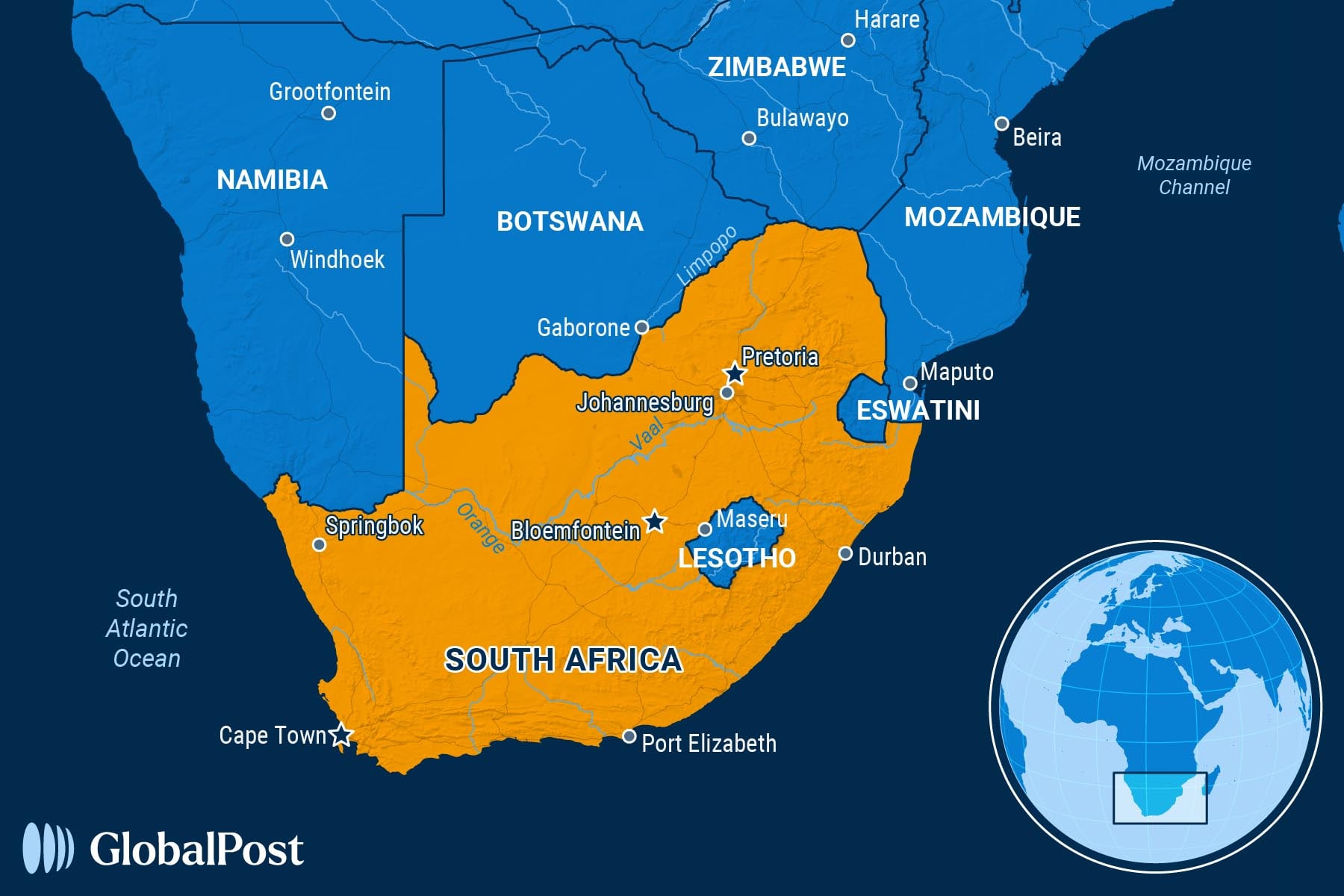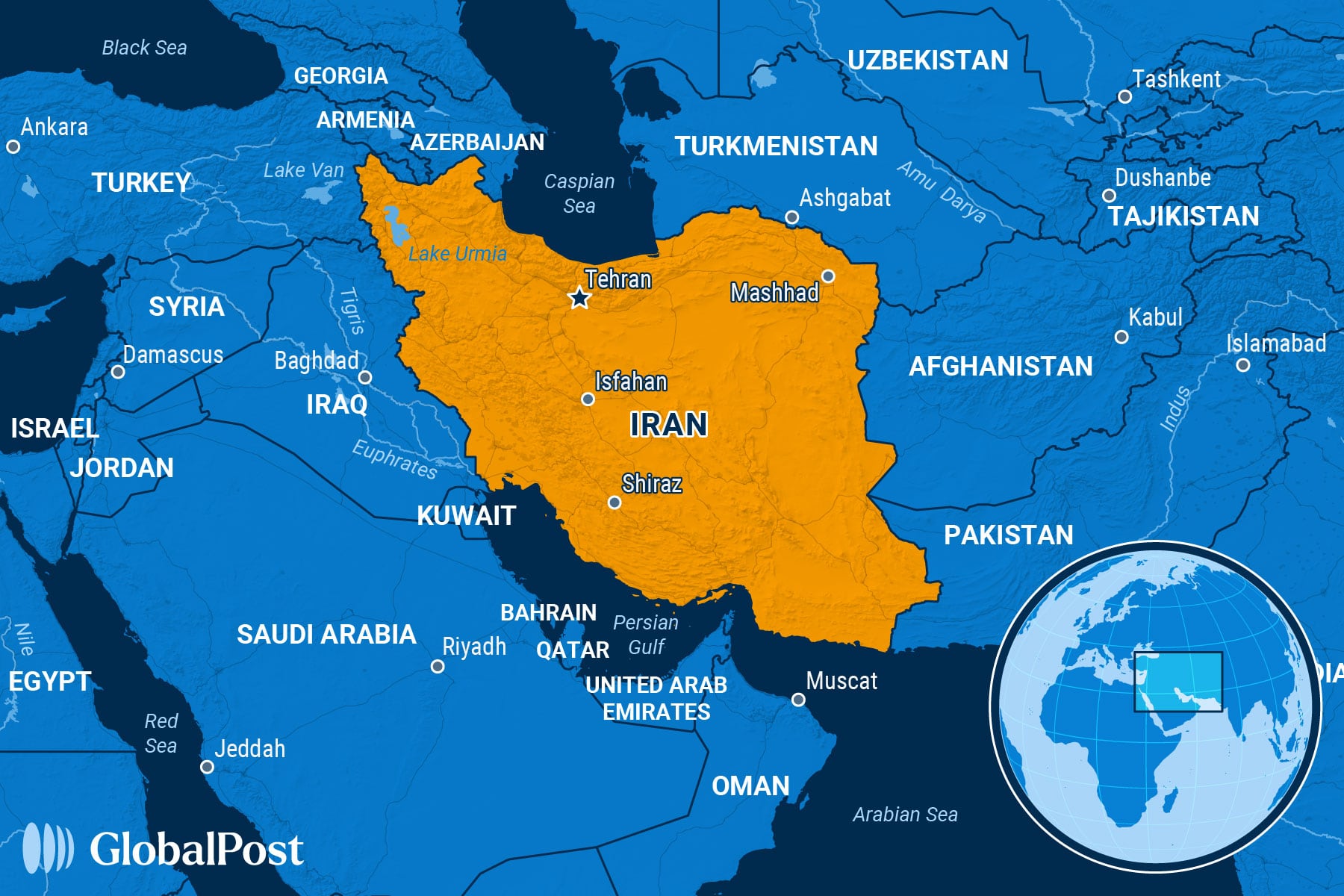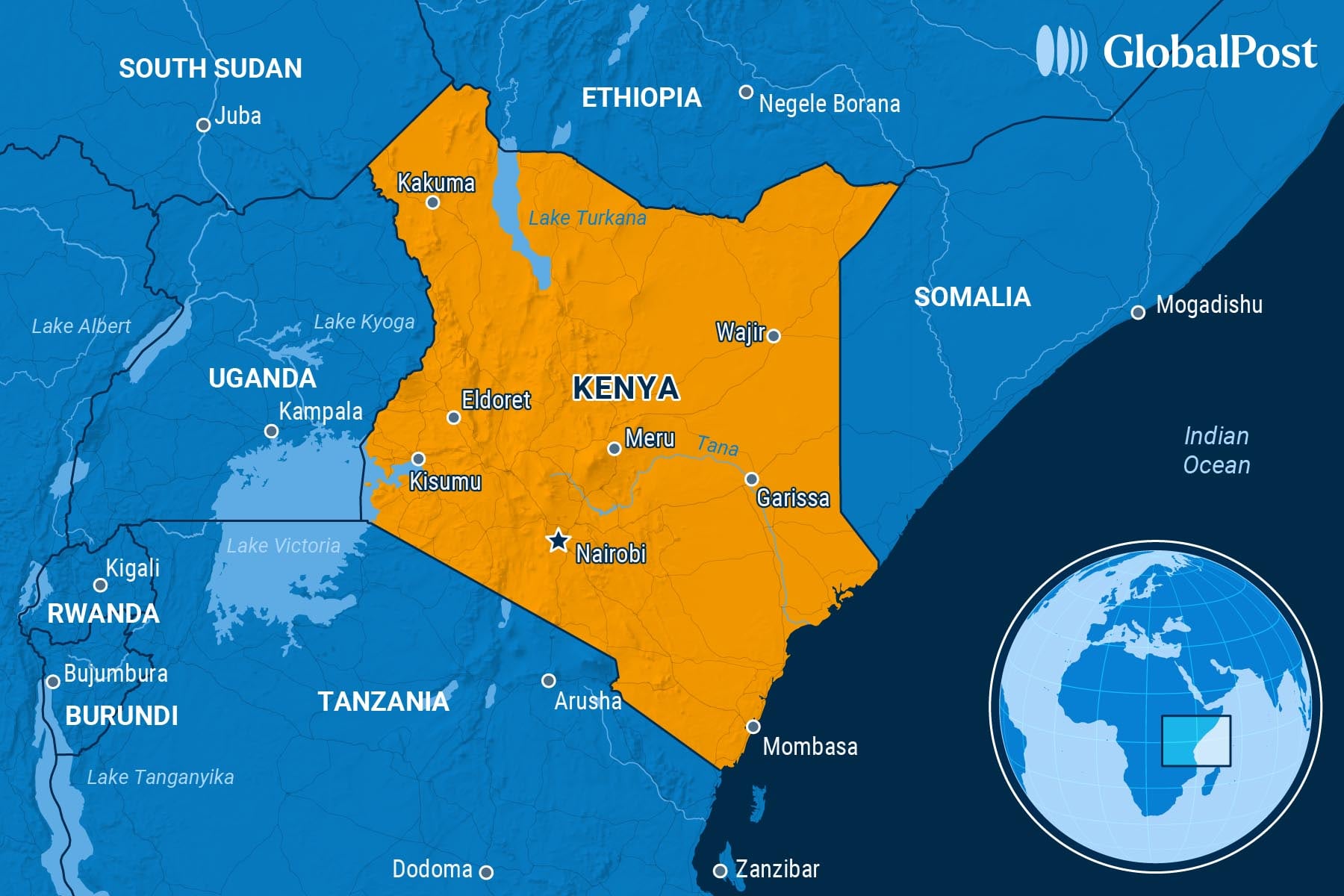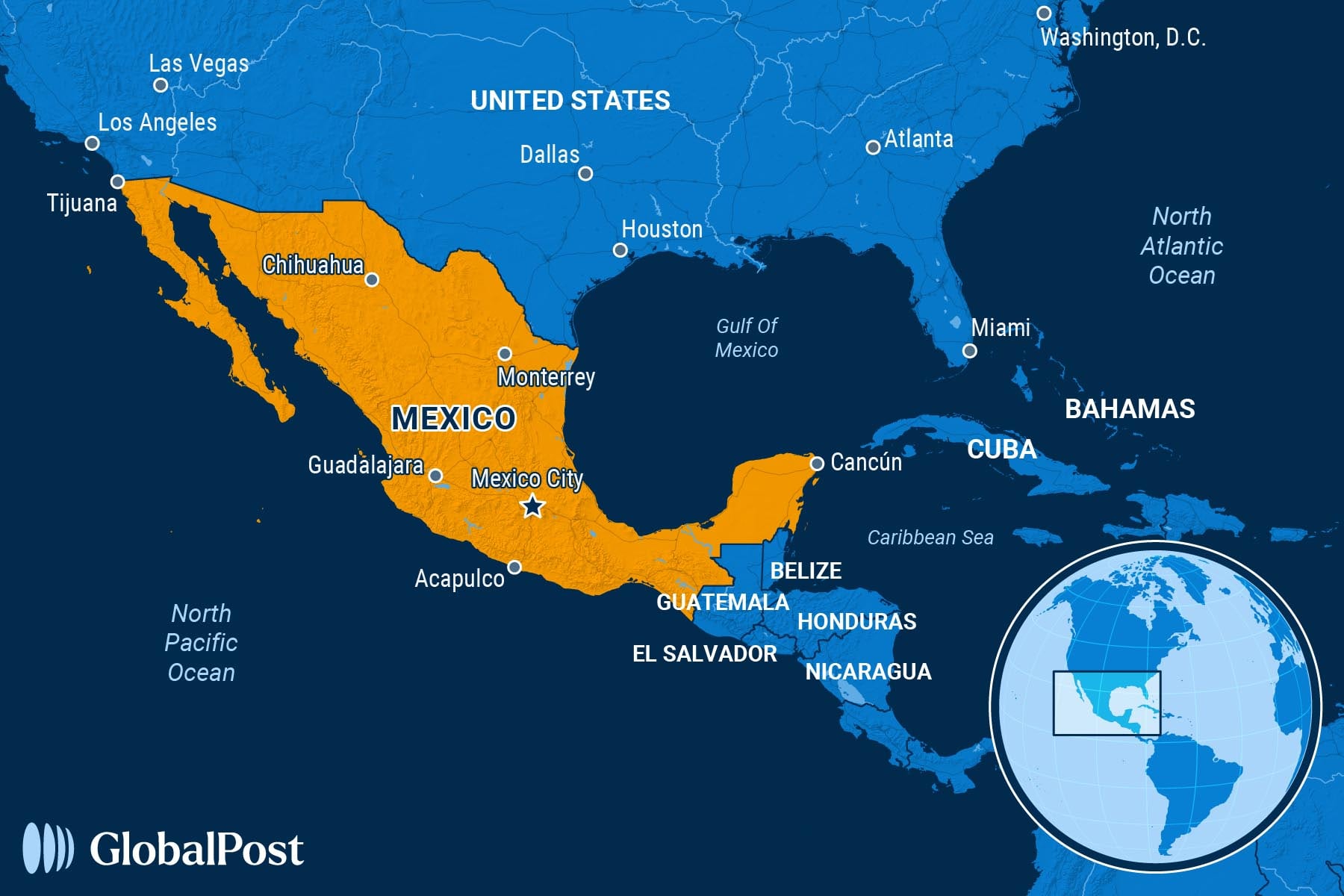To Move Forward, Look Back, Some South Africans Say
NEED TO KNOW
To Move Forward, Look Back, Some South Africans Say
SOUTH AFRICA
 In the township of Masiphumelele near Cape Town in South Africa, 65,000 residents, crammed into a quarter-of-a-square-mile slum, walk on beer crates to avoid the mud on their streets. A stone’s throw away, on the other side of a wall, sits a gated community complete with manicured lawns and swimming pools. Security cameras and guards in the latter prevent the two from mixing.
In the township of Masiphumelele near Cape Town in South Africa, 65,000 residents, crammed into a quarter-of-a-square-mile slum, walk on beer crates to avoid the mud on their streets. A stone’s throw away, on the other side of a wall, sits a gated community complete with manicured lawns and swimming pools. Security cameras and guards in the latter prevent the two from mixing.
“People were separate before,” Jeremy Mathers, a retired naval engineer who lives in the gated community, told the Times of London. “Thirty years later, they still are.”
Masiphumelele, the newspaper added, represents the seething inequality and tensions that remain in South Africa since the country’s racist, segregationist Apartheid regime ended in the early 1990s.
In a bid to address this frustration, President Cyril Ramaphosa recently launched a “national dialogue” to discuss sluggish economic growth and the corruption that many South Africans feel is the reason why their country’s many resources aren’t leading to widespread prosperity, equality, and inclusiveness, explained the Institute for Security Studies.
“South Africans want action, and are well aware of the pressing issues Ramaphosa listed, such as poor social services, high unemployment, widespread crime, corruption, food inflation, and economic stagnation,” it wrote. “What they do not see is a plan to carry the country forward.”
As part of moving forward, some South Africans want the president to put greater effort into reconciling the past.
As part of that effort, Ramaphosa, under pressure, recently established a commission to examine whether previous governments under his political party, the African National Congress (ANC), prevented investigators and prosecutors from exposing and prosecuting crimes committed during the Apartheid era, reported News24.
This new commission is separate from the much-praised Truth and Reconciliation Commission that South Africa’s first Black president, Nelson Mandela, formed in 1996 to expose Apartheid-era atrocities. However, few perpetrators of murders, massacres, and other Apartheid-related crimes faced justice after this older commission completed its work, Radio France Internationale wrote.
These efforts to reconcile with the past and deal with the issues of the present are already hitting roadblocks. John Steenhuisen of the Democratic Alliance, a member of the ruling coalition alongside the ANC, as well as the Inkatha Freedom Party, recently pulled out of the national dialogue.
“Nothing will change in South Africa for the better if we keep the same people around the cabinet table who have involved themselves in corruption,” said Steenhuisen, according to Al Jazeera.
Analysts say South Africa has a lot of work to do to clean up the country and reconcile with the past. Some are turning to the courts to force the government to make an extra effort.
In January, 25 victims’ families and survivors of Apartheid-era political crimes sued Ramaphosa and his government for what they say is its failure to properly investigate those offences and deliver justice.
The group is seeking about $9 million in damages, according to the case filed at the High Court in the capital, Pretoria.
The lead applicant in the case, Lukhanyo Calata, is the son of Fort Calata, one of the “Cradock Four” – a group of anti-Apartheid activists murdered in 1985. Despite multiple inquiries, no one has been held accountable for these killings. Most of those alleged perpetrators are now deceased.
The families’ legal action highlights the enduring scars of apartheid and the unfulfilled need for justice, wrote Ghana’s Vaultz News. “As Calata and others push for accountability, their fight underscores a broader struggle to confront South Africa’s painful history and its lingering impacts on society.”
Even though the plaintiffs have already managed to force the president to create the commission looking into these unprosecuted crimes, it isn’t enough, said Calata: “The prolonged delay in achieving justice has effectively ensured that our families are denied justice forever.”
That means many families are stuck in limbo for the moment, say analysts.
Oscar van Heerden, a political analyst at the University of Johannesburg, told the Associated Press that the families of the Cradock Four and those of other victims of Apartheid-era crimes have not healed.
“…those were cases that were supposed to be formally charged, prosecuted, and justice should have prevailed,” van Heerden said. “None of that happened.”
THE WORLD, BRIEFLY
Millions of Afghans in Iran Face Deportation
IRAN
 Millions of Afghan refugees and migrants in Iran are facing mass expulsion this week as a government-imposed deadline to leave the country expired Sunday, amid heightened public anxiety following the recent 12-day conflict with Israel and the United States, Al Jazeera reported.
Millions of Afghan refugees and migrants in Iran are facing mass expulsion this week as a government-imposed deadline to leave the country expired Sunday, amid heightened public anxiety following the recent 12-day conflict with Israel and the United States, Al Jazeera reported.
Iranian authorities, citing national security concerns, had ordered all undocumented Afghans to leave voluntarily or risk arrest before a July 6 deadline, prompting an exodus that humanitarian agencies warn could destabilize Afghanistan, while putting the deportees, especially women, in grave danger from the Taliban.
Iran hosts an estimated 4 million Afghans, many of whom have lived in the country for decades. But the country launched a campaign in 2023 to deport foreigners living “illegally” in the country.
In March, the government ordered Afghans without the right to remain to leave voluntarily by July 6 or face expulsion.
Since then, more than 700,000 Afghans have left the country, including more than 230,000 in June alone, according to the International Organization for Migration (IOM).
The United Nations Refugee Agency said Tehran deported as many as 30,000 Afghans daily during the conflict with Israel.
Deportations have included thousands of unaccompanied women, a departure from earlier policies that primarily targeted undocumented male laborers. Afghan women, who are barred from traveling alone or working under Taliban law, are especially vulnerable.
Several women told the Guardian they were being detained in Iran and forcibly returned without notice or their belongings. Many now find themselves stranded at Afghan border crossings in extreme heat, lacking shelter, food or legal support.
Amid the controversy, Iranian officials insisted that they have “always striven to be good hosts,” but noted that “national security is a priority, and naturally, illegal nationals must return.”
Iranian authorities have denied accusations of anti-Afghan sentiment, though displaced individuals and humanitarian workers report increasing hostility and abuse. Observers added that Afghans have been blamed for some of Iran’s economic hardships and societal issues, including accusations that they were spying for Israel, Al Jazeera added.
Tens of thousands of Afghans fled their homeland in August 2021 when the Taliban returned to power following the withdrawal of the US military and its allies from Afghanistan.
Similar crackdowns have taken place in Pakistan, which announced in March it would expel 3 million Afghans this year, the Associated Press noted.
Afghan refugees in the United States also face uncertainty, as the Biden-era Temporary Protected Status (TPS) will expire on July 12, the Military Times wrote.
The Department of Homeland Security said Afghanistan no longer meets TPS criteria, despite concerns from US veterans and human rights groups who warned that the Taliban continues to persecute former US allies, vulnerable minorities, and women.
Demonstrators and Police Clash in Kenya During Anti-Government Protests
KENYA
 Thousands of people took to the streets of Kenya on Monday to protest against the government and call for President William Ruto’s resignation, triggering a heavy crackdown where police closed roads, erected metal spikes on the streets, and fired teargas to disperse demonstrators, Africanews reported.
Thousands of people took to the streets of Kenya on Monday to protest against the government and call for President William Ruto’s resignation, triggering a heavy crackdown where police closed roads, erected metal spikes on the streets, and fired teargas to disperse demonstrators, Africanews reported.
Local media reported that at least 11 people died and several others were injured as protesters, some blowing whistles, marched in the city despite the police deployment, Al Jazeera wrote.
Police said 52 officers were wounded and more than 560 people were detained.
Some schools, businesses, and roads around the capital, Nairobi, were closed Monday as a precaution for possible clashes, with a large police presence close to government buildings, the BBC noted.
In other Kenyan cities, police responded with tear gas and water cannons to disperse demonstrators, who had lit fires on the streets.
The protests this year were part of annual demonstrations every July 7 to commemorate the anniversary of a 1990 uprising known as the “Saba Saba” (Kiswahili for 7/7) protests that returned the country to a multi-party democracy after years of autocratic rule by then-President Daniel arap Moi.
Even so, they were also part of ongoing mass protests against the administration of Kenyan President William Ruto, who took power in 2022, that began a year ago over corruption, police brutality, and the unexplained disappearance of numerous opposition members.
At least 80 people have been killed in protests since June 2024, while dozens have been detained.
Last month, dozens of people died and thousands of businesses were vandalized in demonstrations.
The protesters say that authorities are hiring armed vandals to discredit their movement’s image, while the government called the demonstrations an “attempted coup.”
On Sunday, a press conference calling for an end to “enforced disappearances and extrajudicial killings” by the Kenyan Human Rights Commission was interrupted by men, some armed with sticks, storming the building.
The recent death of blogger Albert Ojwang while in police custody has escalated the protests and the fury of protesters. Prosecutors have charged six people in relation to his murder, including three police officers.
‘Get Out of Mexico’: Protests in Mexico Against American Tourists Turn Violent
MEXICO
 A peaceful protest against gentrification and mass tourism in Mexico City turned violent over the weekend after demonstrators smashed storefronts and harassed visitors in neighborhoods popular among tourists, the Associated Press reported.
A peaceful protest against gentrification and mass tourism in Mexico City turned violent over the weekend after demonstrators smashed storefronts and harassed visitors in neighborhoods popular among tourists, the Associated Press reported.
The protests against mass tourism, which have mostly been seen igniting in Europe, saw demonstrators complaining about the influx of American tourists who have poured into Mexico’s capital, Mexico City, in recent years.
In 2020, US “digital nomads” began “escaping” to Mexico City to escape Covid-19 lockdowns and enjoy cheaper rents in the country where salaries are far lower than in the US. The average monthly salary in Mexico City is about $370.
This phenomenon, say critics, has caused rent and other living costs to spike for locals, forcing them out of their neighborhoods, especially in areas like Condesa and Roma, now filled with restaurants and cafes.
The protesters say it’s a new type of colonialism, according to the New York Times.
The protesters also called on local lawmakers to regulate tourism levels and enact stricter housing laws.
Then, masked protesters assaulted the areas of Condesa and Roma, where they broke into and looted luxury stores. Graffiti on shattered glass, broken by rocks, read sentences like “Get out of Mexico.”
Some officials criticized the violent behavior of the protesters and what they described as the protesters’ nativist bent.
Mexico City’s government secretary, César Cravioto, accused the protesters of “xenophobic” behavior and said that Mexico City “is a city of migrants,” insisting that the city’s administration doesn’t agree with “this type of demonstration.”
While also condemning the violence, the governor of Mexico City, Carla Brugada, wrote on X that officials are aware of the issues facing local residents and said that her administration was working on providing more affordable housing.
Similar protests against mass tourism have repeatedly broken out over the past few years in Europe, especially in Spain, France, and Italy.
DISCOVERIES
A Man and a Boomerang
Boomerangs are often associated with Australia’s Aboriginals, but a new study has suggested that the curved, multi-purpose tool was also used by early humans in Europe tens of thousands of years ago.
Archeologists recently dated a remarkable boomerang from a Polish cave to at least 40,000 years ago, making it the oldest known boomerang in the world, and one that offers a rare glimpse into the early ingenuity of Homo sapiens.
The artifact – carved from mammoth ivory – was first discovered in 1985 in Obłazowa Cave in southern Poland. While earlier estimates had placed its age around 30,000 years old, new radiocarbon analysis of nearby human and animal bones showed that it was crafted between 42,000 and 39,000 years ago.
“It’s the oldest boomerang in the world, and the only one in the world made (in) this shape and (to be) this long to be found in Poland,” study author Sahra Talamo told the BBC.
Talamo and her team described it as a crescent-shaped object nearly 28 inches in length. They added that it was not the returning type of boomerang and instead, it was likely used for hunting – or perhaps it held cultural or artistic significance.
“The ivory object has all the features of boomerangs used by Aborigines in Queensland today,” Paweł Valde-Nowak, another author and archeologist at Poland’s Jagiellonian University, told Live Science. “Its arched shape, flat-convex cross-section, and dimensions match the Queensland boomerangs that do not return to the thrower.”
The researchers said the finding offers a “remarkable insight” about the precision and expertise of early humans in shaping tools tens of thousands of years ago.
While throwing sticks have been found outside of Australia – such as a 300,000-year-old example from northern Germany – the Obłazowa boomerang stands out not only because of its age but also because it reflects a level of precision and cultural sophistication that was previously not well-documented in this region.
“In my opinion, this is absolutely clear evidence of behaviors unknown to us, practices of early Homo sapiens, which contrast sharply with everything we found in the deeper cultural layers in Obłazowa, layers left by Neanderthals,” Valde-Nowak told Live Science.
